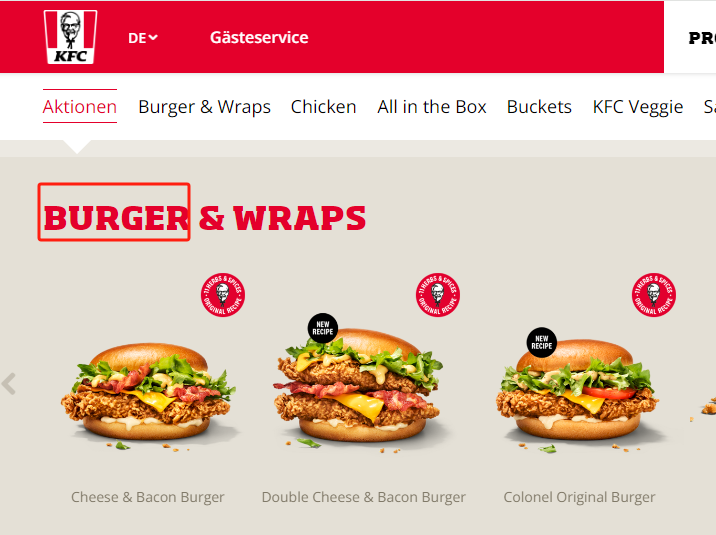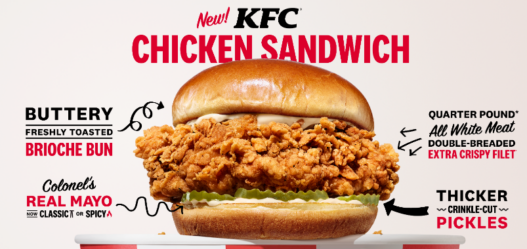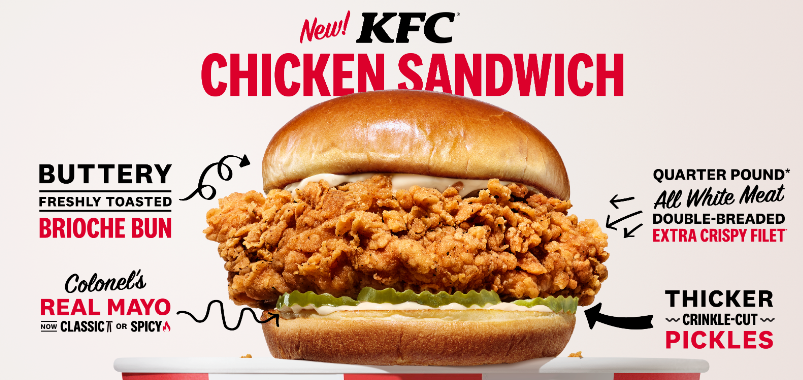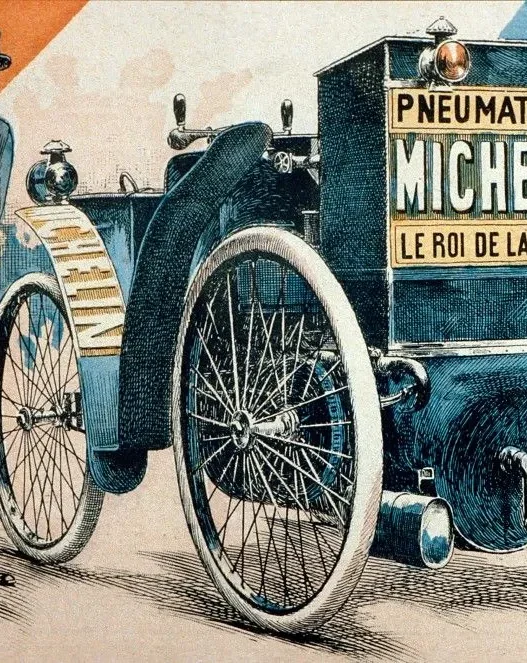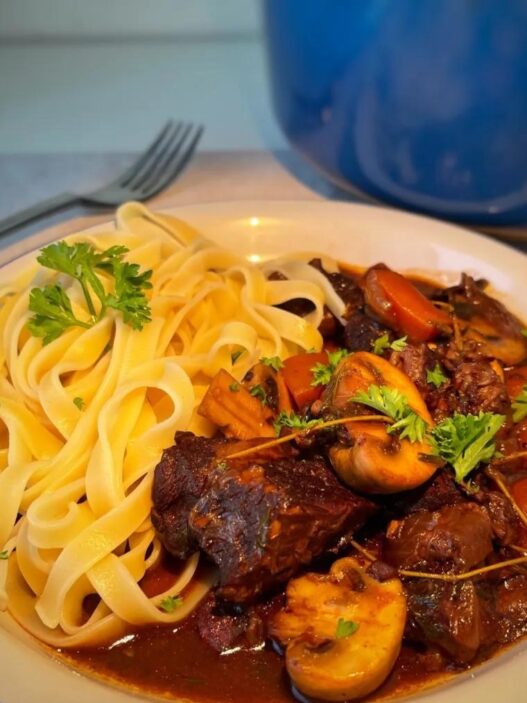Burgers are more than just a fast-food staple—they are a worldwide obsession. But did you know that hamburger history has deep roots in Germany? Let’s explore how this iconic dish evolved and its surprising connection to sandwiches.
The Name Game: Hamburg vs. Hamburger
In both English and Chinese, the word for “hamburger” and “Hamburg” (Germany’s largest port city) look almost identical. But is there a real connection? The answer is yes!
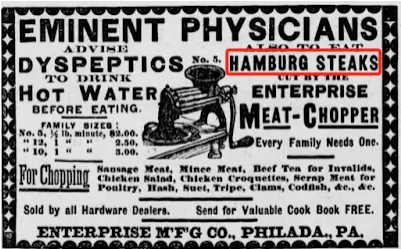
The modern hamburger as we know it first gained popularity in the United States in the 1870s, but back then, it wasn’t called a “hamburger.” Instead, it was known as the Hamburg Steak—a simple minced beef patty.
Hamburger History: From Germany to America
During the 19th century, Germany and many parts of Eastern Europe had a long-standing tradition of minced meat dishes. One famous example is the Frikadelle, a seasoned meat patty popular in German cuisine.

As Hamburg was one of Europe’s busiest ports, German immigrants and sailors carried their minced meat recipes to America. By the 1870s and 1880s, newspapers in the United States frequently mentioned “Hamburg steaks” as a cheap and nutritious dish. Many small diners and street vendors began serving these minced beef patties to meet the demand of industrial workers looking for affordable, high-calorie meals.
The Missing Bread: When Did Hamburgers Meet Buns?
At this point, Hamburg steaks were still just that—steaks. They weren’t served with bread, and they had no connection to sandwiches. So, when did hamburgers evolve into the classic bun-and-patty combination we love today?

Hamburger History and Sandwich Influence
To understand how the hamburger got its bun, we need to talk about sandwiches. The sandwich itself gets its name from John Montagu, the 4th Earl of Sandwich, an 18th-century British nobleman.
Legend has it that the Earl was a gambling enthusiast who wanted a convenient meal he could eat without leaving the card table. His servants served him sliced meat between two pieces of bread, and thus, the “sandwich” was born. This idea quickly spread from England to America, where sandwiches became popular among workers and immigrants.
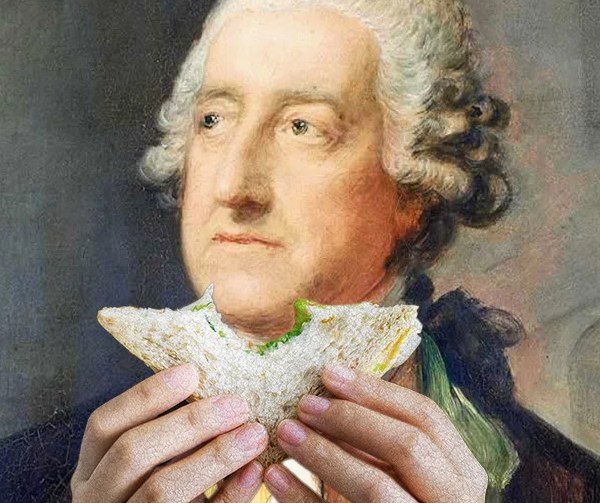
The Birth of the Modern Hamburger
With minced beef from German immigrants and the sandwich concept from Britain, it was only a matter of time before someone combined the two. However, no one can agree on who first put a Hamburg steak inside a bun.
Some claim that “Hamburger Charlie” Nagreen from Wisconsin created the first burger in 1885, while others credit White Castle for popularizing the modern version. Regardless of who made it first, the combination of juicy pan-fried meat, soft bread, and flavorful condiments proved irresistible. It was portable, satisfying, and affordable—perfect for America’s growing fast-food culture.
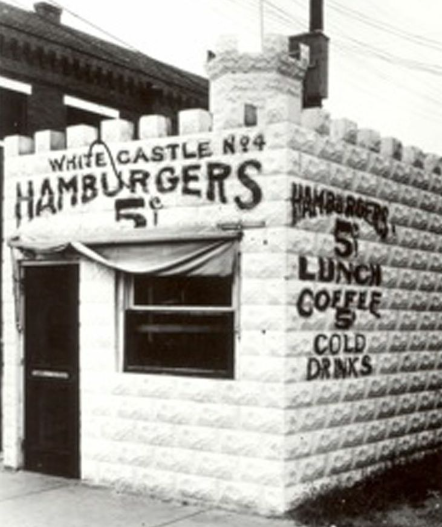
Why Isn’t a Chicken Burger a Burger?
According to American definitions, a hamburger must be made with ground meat—this can be beef, pork, chicken, or fish. But here’s the catch: fast-food chains like McDonald’s and Burger King follow this rule, while KFC does not.
That’s why a McDonald’s Filet-O-Fish or a Burger King Whopper is considered a “burger,” but KFC’s chicken sandwich is not technically a hamburger—because it uses a whole chicken fillet instead of ground meat.
Interestingly, in Germany, people still call whole-meat sandwiches “hamburgers,” proving that the definition can vary by culture!
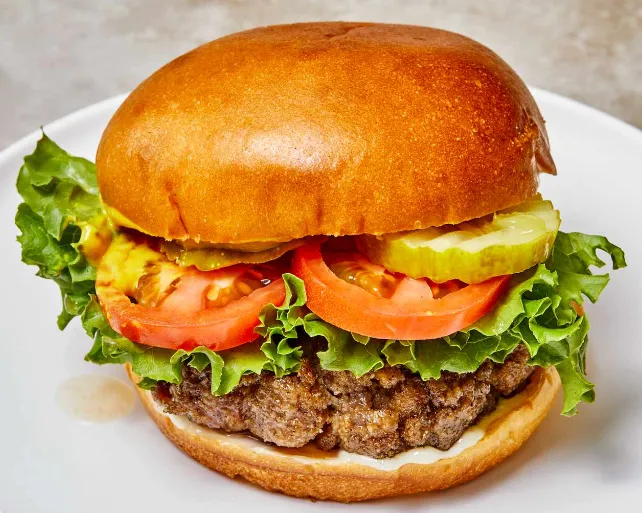
Conclusion: The Burger’s Unstoppable Rise
From its humble origins as a minced beef patty to a fast-food icon, hamburger history has evolved into a worldwide favorite. Its journey—starting from German sailors, adapting through American ingenuity, and merging with British sandwich traditions—demonstrates how cultures mix to create something universally beloved.
So next time you bite into a burger, remember—you’re eating a little bit of history!
